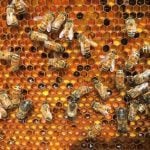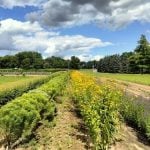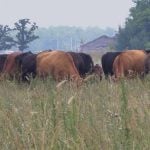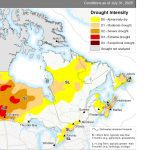RED DEER – Horses may be the next livestock group to adopt individual identification.
Working through Equine Canada, a national identification task force will assess and recommend whether such a plan would benefit members and if it would be involved with the Canadian Livestock Identification Agency.
“The task force is on a fact-finding mission,” said Equine Canada president Ed Kendall.
“We need to show the benefits outweigh the costs.”
The group has met twice since November and a final meeting is scheduled for February.
Read Also
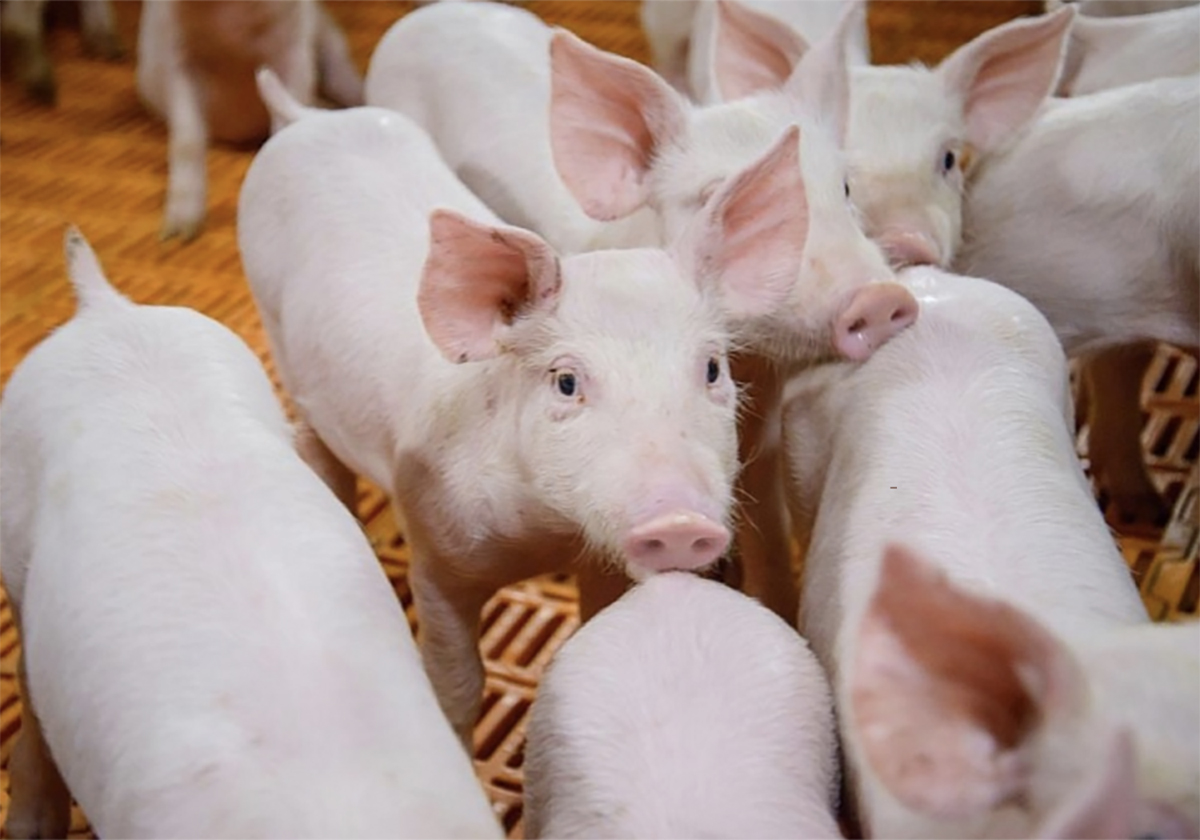
The Western Producer Livestock Report – August 28, 2025
Western Producer Livestock Report for August 28, 2025. See U.S. & Canadian hog prices, Canadian bison & lamb market data and sales insights.
The task force must report back to the equine council by the end of February.
Under consideration is the adoption of a unique equine lifetime number that is recognized worldwide. It would contain a country number as well as an individual number for grade horses and purebreds.
The task force plans to develop a practical document for identification that will serve as a health record, transportation document, record of performance and proof of ownership. It is hoped every horse gets identified at some point in its life.
Many horse associations already require microchips, small radio frequency devices about the size of a match head implanted at the base of the neck.
Kendall said the horse industry can identify about one-third of the national herd because of owners’ detailed records.
Owners are worried about the threat of foreign animal diseases such as bovine spongiform encephalopathy, West Nile virus and foot-and-mouth disease. They are concerned about disease spreading among horses or the possibility of zoonosis, the incidental transfer of disease between species.
“We want to protect our horses and we are driven by necessity to identify individual horse and movement in a geographic area,” Kendall said in an interview at the Alberta horse breeders conference in Red Deer Jan. 11.
“In the event of a disease outbreak, we want to be able to identify, not a pen of animals, but an individual animal so we can minimize the damage.”
Andre Dagenais of Agriculture Canada’s food safety quality committee said diseases such as West Nile, BSE and Severe Acute Respiratory Syndrome made many people realize that movement and tracking systems are necessary to protect public and animal health.
More trading partners are demanding complete trace-back systems and rising consumer expectations insist on foolproof food safety programs.
Ottawa recently set aside more than $7 million to develop and enhance trace-back systems.
Dagenais said the federal government prefers each livestock sector to handle its own identification program.
“This isn’t a government initiative. We are giving the opportunity to each industry sector to discuss and recognize the value of developing a type of tracking, tracing identification system,” he said in an interview.
“They have carte blanche. We will help facilitate and we will provide funding for sectors to talk about developing the program.”
Food safety is a component of the agricultural policy framework and the government’s goal is for 80 percent of products sold at the retail level to have complete traceability by 2008.
This includes all animal and plant ingredients, including items such as flowers because they have the potential to carry serious disease.
The Canadian Livestock Identification Agency will handle a number of livestock sectors, including cattle, bison, sheep, hogs and cervids. Other groups such as goats and horses must decide whether to sign on to the agency, which assigns unique numbers stored in a high security data base.
It cost more than $1.7 million to get the cattle identification system running.
“There is no doubt they have had to very quickly move to the next level and the next level after that,” Dagenais said.
The cattle industry is switching from plastic ear tags with bar codes to electronic identification a year from now.
Livestock groups are looking at a variety of methods to identify their animals, such as ear tags, collars and microchips.
There has been some concern that microchips could migrate in the bodies of food animals, but improved technology is resolving that concern.
Dagenais is joining a fact-finding tour to France this month to learn how the Europeans efficiently track animal movement and food safety.











